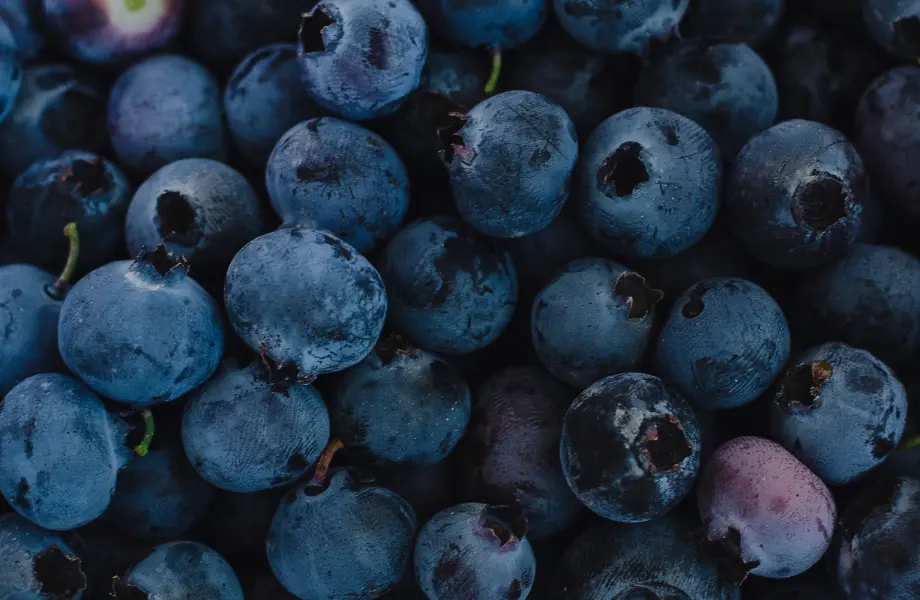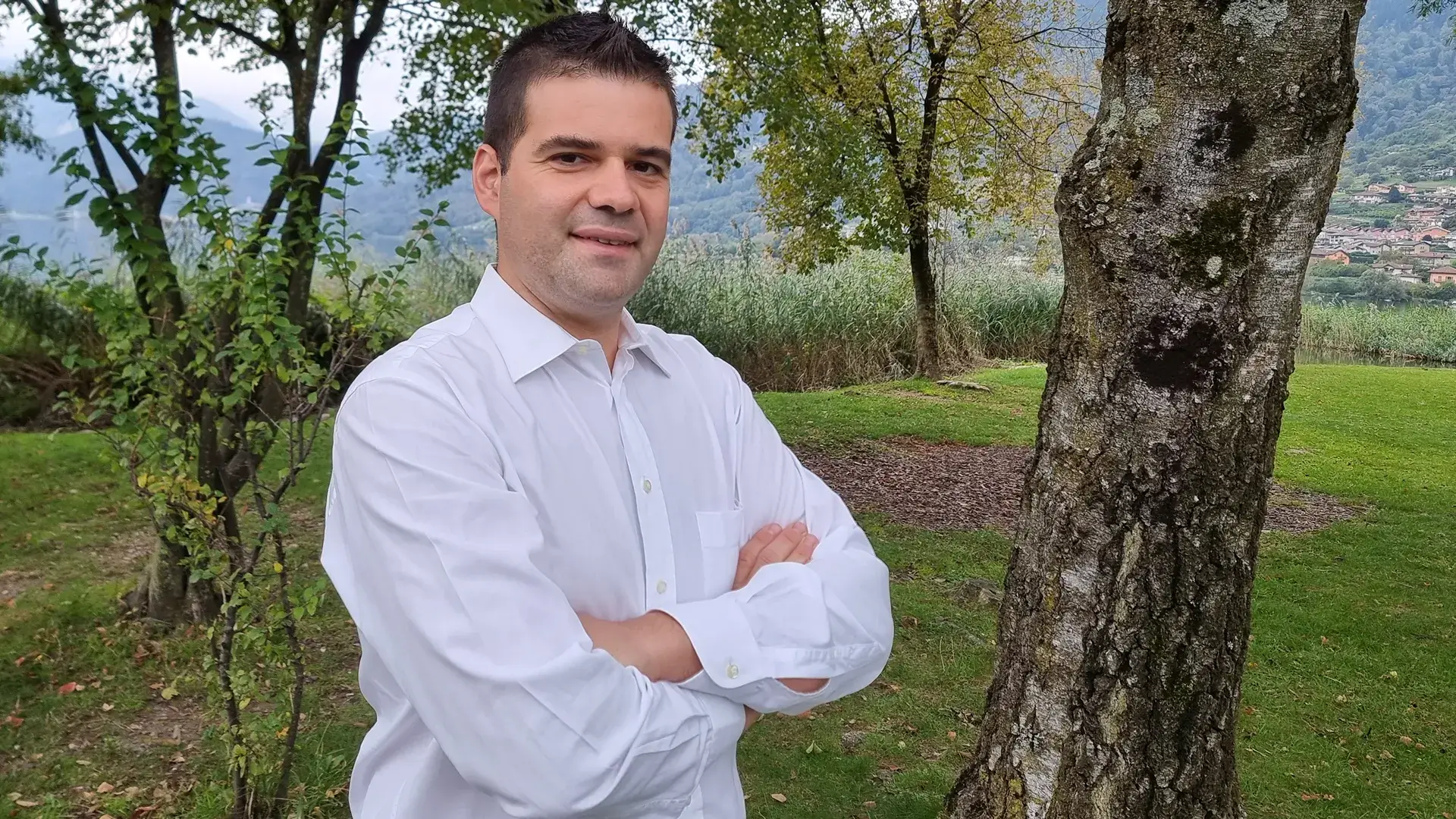The cranberry is the most widely grown small fruit in the United States. With a centuries-old tradition, it is now part of American life and culture in its own right, becoming an integral part of events, advertising campaigns and recipes, including iconic Thanksgiving Day recipes.
Summary
ORIGIN
The oldest finds of American cranberry (Vaccinium macrocarpon) plants are located in the northern part of the American continent. According to theUniversity of Massachusetts, it originally ranged in temperate climate zones from the northeast coast to the north central part of the United States and in the southeast and south central part of the Canadian state.

In fact, it appears that centuries ago the melting of glaciers in the area helped create several hollow areas within which a swampy environment developed that was ideal for the spread and development of the cranberry plant. According to the Cape Cod Cranberry Growers Association (CCCGA), indigenous peoples used to consume and process cranberries according to a variety of needs, starting with food and ending with medicinal and ritual needs.
However, the first cultivation dates back to 1816, when Captain Henry Hall-a war veteran-noticed how cranberry crops gained benefits if sprinkled with sand during the growing season. The notion of this technique soon expanded, greatly expanding the territory used for growing and cultivating the plant. As early as 1871, in fact, the first association was born and, to date, there are more than 40,000 acres (n.d.t. equal to 16,187.426 hectares) cultivated on U.S. soil alone.
DISSEMINATION
To date, the spread of cranberry cultivation is located in different parts of the world, starting from the North American states, in Chile, in the southern part of Canada, to Europe, Asia and Africa. However, although crops extend far beyond U.S. soil, the percentage of production detected in European, Asian and African countries reaches small figures, 2.7 percent (Asia), 1.1 percent (Europe), to an approximate 0 percent (Africa), respectively. The almost remaining 96.2% is produced and exported to the market from the United States mainly in the northern part of the continent.
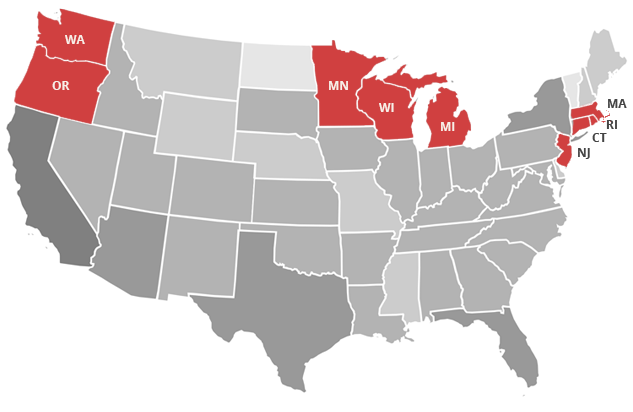
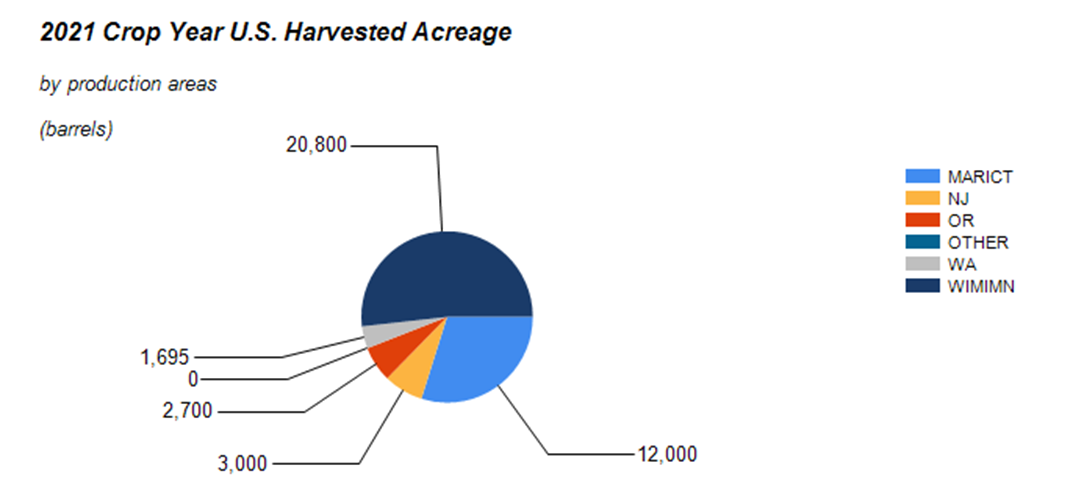
According to US Cranberries, the state of Wisconsin alone is responsible for 61 percent of U.S. production, followed by Massachusetts with 26 percent. Finally, the remaining 13 percent of production is shared by the remaining states, and collectively they contribute more than 40,000 total acres of growing area over the past decade.
| Year | Area in production (hectares) |
| 2012 | 16.308 |
| 2013 | 16.996 |
| 2014 | 16.430 |
| 2015 | 16.753 |
| 2016 | 16.794 |
| 2017 | 16.571 |
| 2018 | 16.511 |
| 2019 | 17.077 |
| 2020 | 16.590 |
| 2021 | 16.266 |
From this spatial extension, a total production in 2021 was found to be more than 6.5 million barrels (one barrel equals 115kg, or more than 770'966 tons) to which 1.8 million barrels purchased from the foreign market should be added (accounting for 22% of domestic production). However, this assessment is lower than in previous years. In fact, in 2016, production amounted to more than 9 million barrels, thus constituting a decline of about 27 percent in five years.
| District | Production 2021 (in barrels) |
| Massachusetts, Rhode Island, Connecticut | 1.586.555 |
| New Jersey | 570.315 |
| Wisconsin, Michigan, Minnesota | 3.901.659 |
| Oregon | 488.030 |
| Washington | 157.499 |
| Total production | 6.704.058 |
| Purchases from abroad | 1.860.046 |
| % of foreign product | 22 |
As for European production, however, most of it is in the eastern part of the continent. Top producers include countries such as Ukraine, Latvia, Romania and Belarus, which, among others, reported by far the largest area of cultivated land in 2013.
FEATURES
The cranberry plant appears as a creeping plant with stems ranging from 30 to 180 cm that contribute to a dense mat at the growing site. During the development period, the plant has green foliage, with red shades during the dormant period.
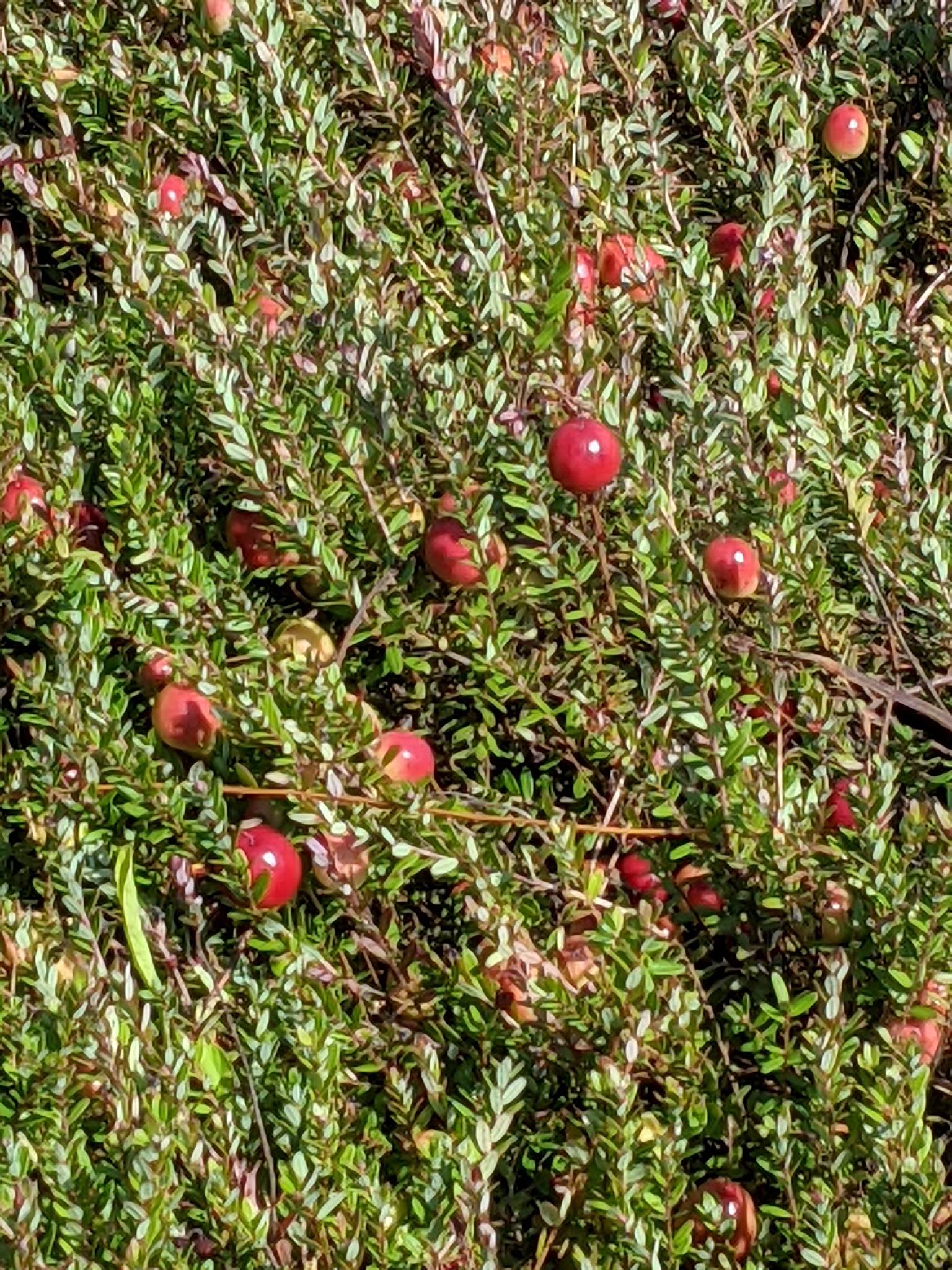
Because it developed in marshy soils, the cranberry plant has adapted to the conditions of such soils, benefiting from the nutrients and moist conditions of a marshy soil. The presence of water allows the deposition of organic matter, to which sandy layers are added (every 2-5 years) with the aim of promoting and strengthening the plant's productivity. Therefore, the ecosystem surrounding cranberry crops is called bogs (swamps).

However, as a study from theUniversity of Massachusetts notes, although the characteristics of a boggy soil are functional for the proper development of the plant, during the growing cycle-which runs from May until October of the following year-these conditions are encountered only during the dormancy period-from the fall period until the spring period-and, eventually, during the harvest period-September to late October. In the period of greatest development, in fact, dry soil allows the roots of the plant to stabilize and grow in the most proper way.
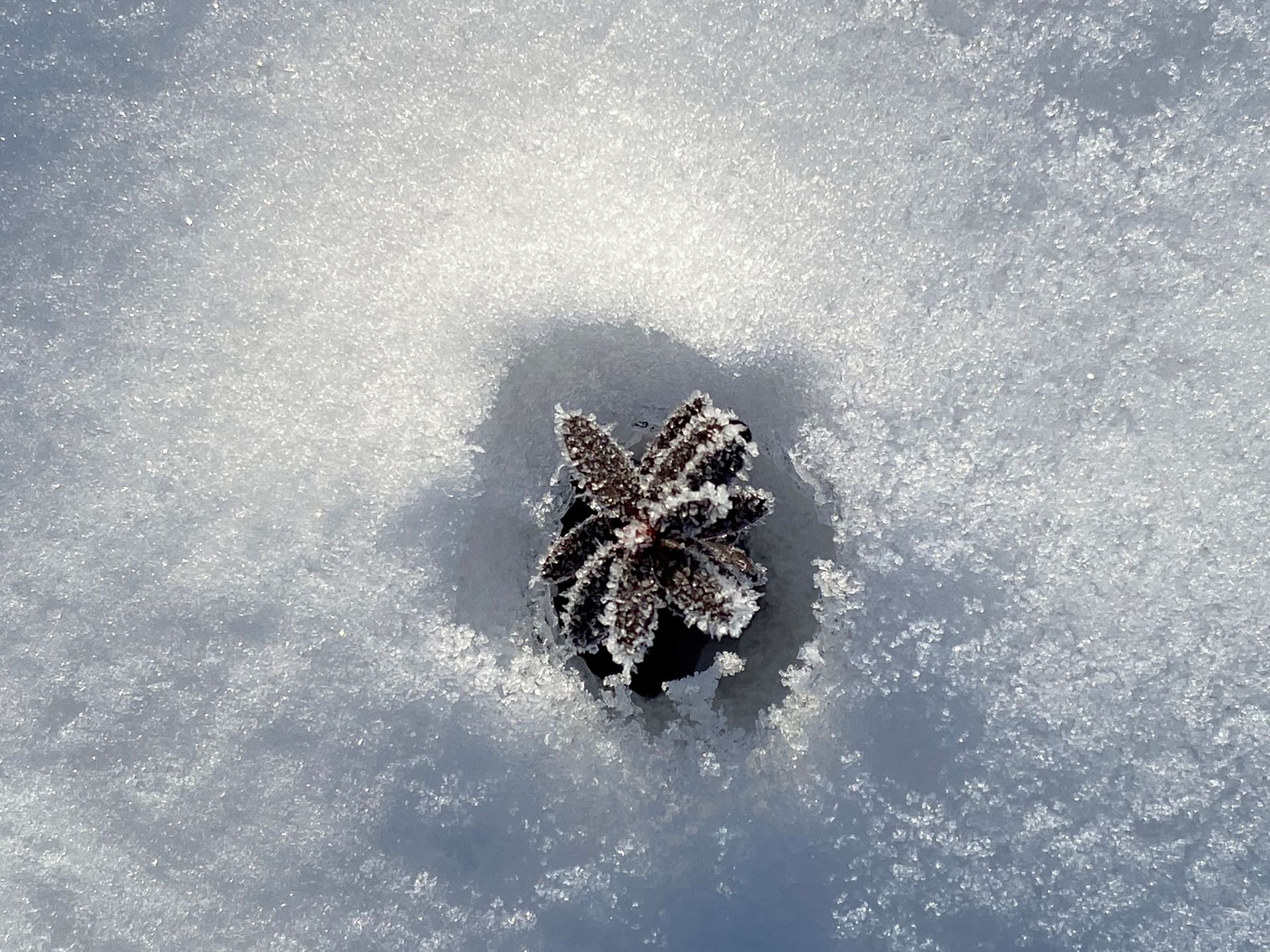

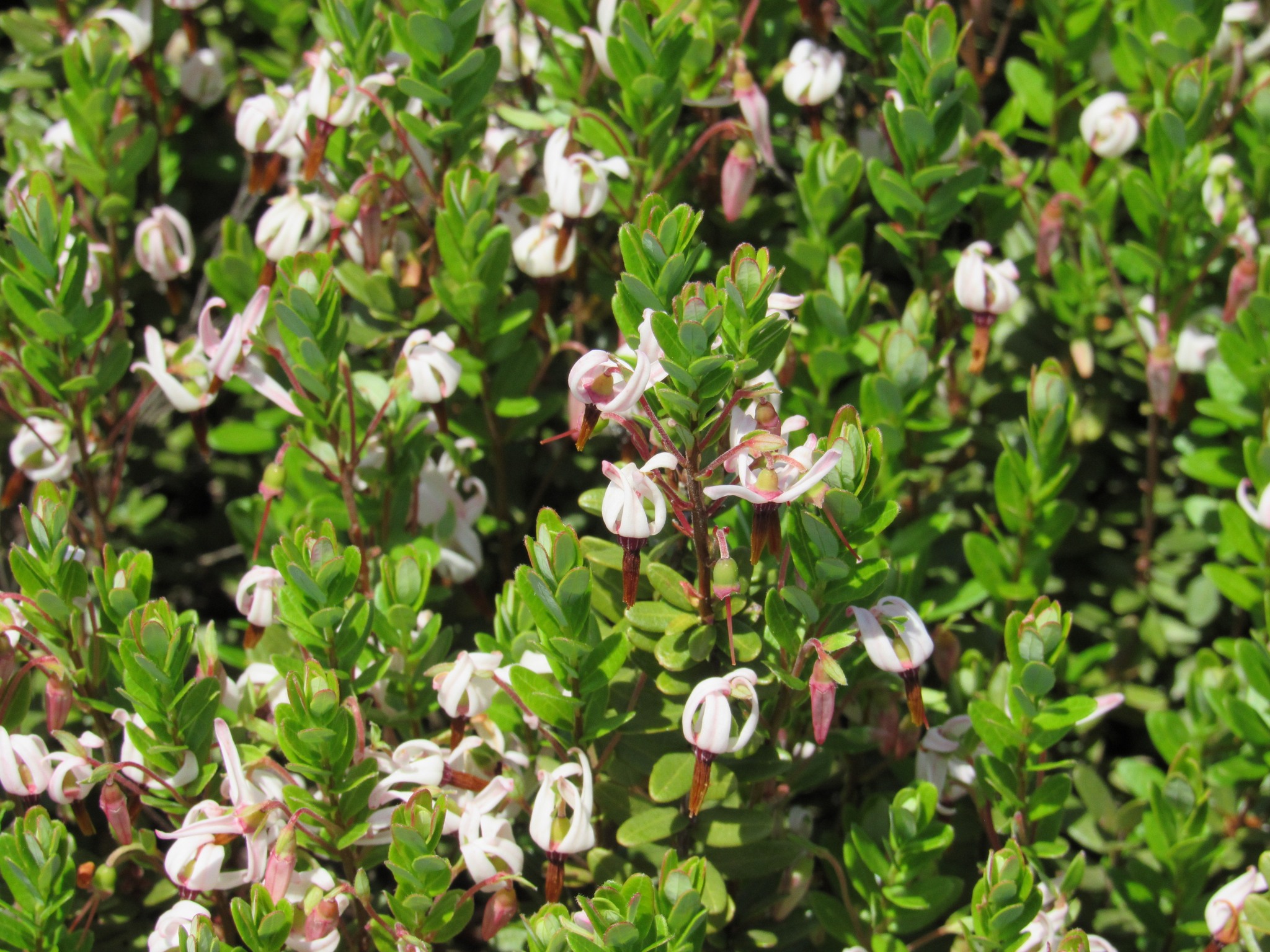
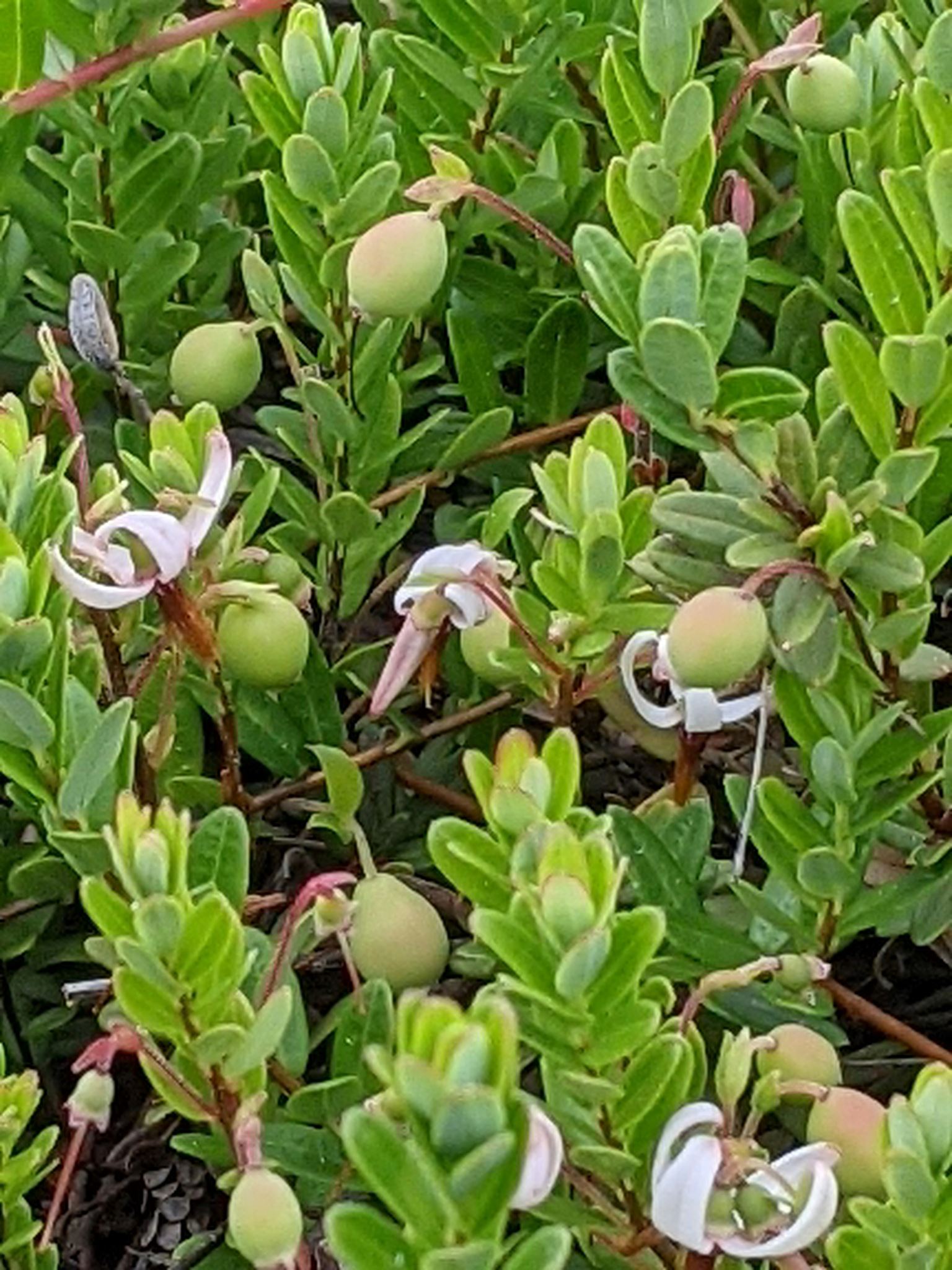
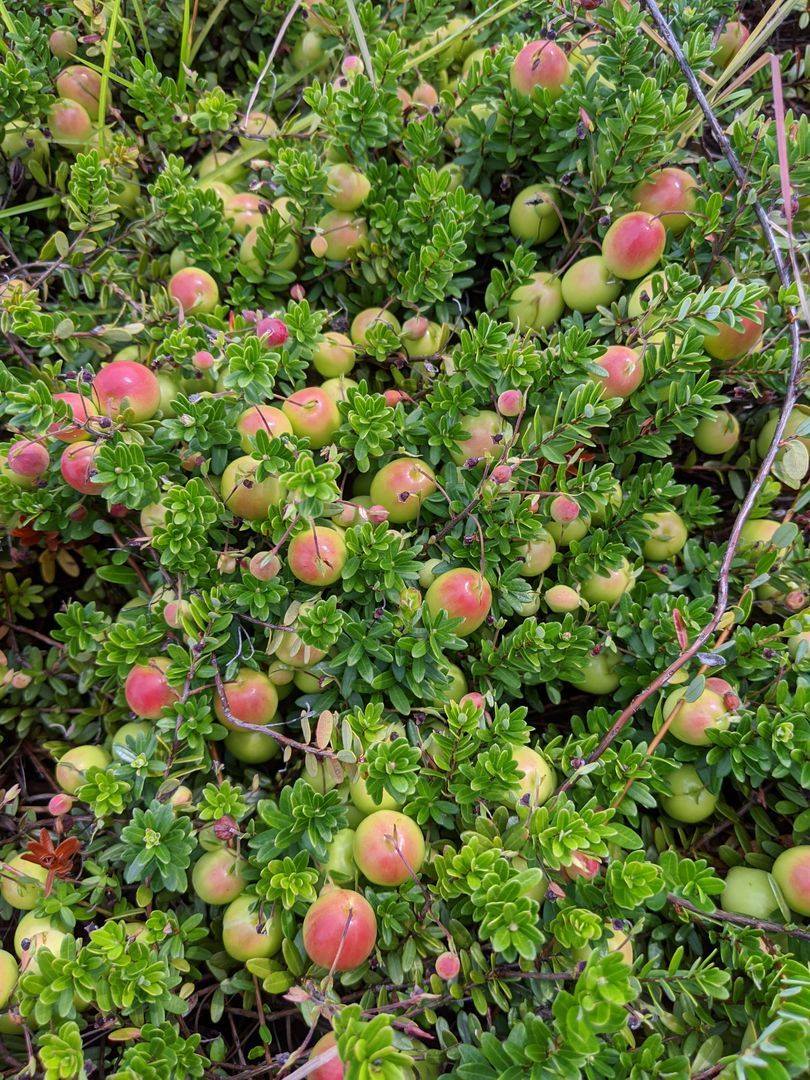
The cranberry is characterized by great biodiversity. To date, in fact, there are more than a hundred varieties. The main and most widespread ones, however, are identified with Vaccinium macrocarpon, i.e., the native American one, and Vaccinium Oxycoccus, i.e., the European one. The latter differs from the American one in a number of factors, including the shape of the leaves--more triangular--the stem--with the presence of trichomes--and the size of the fruit, which may be smaller in most cases.
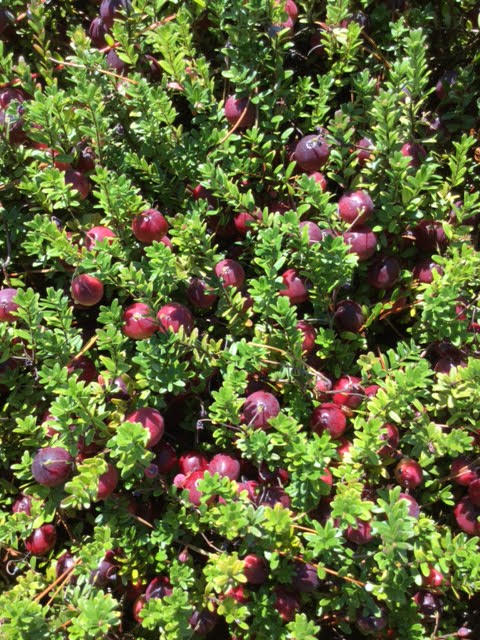
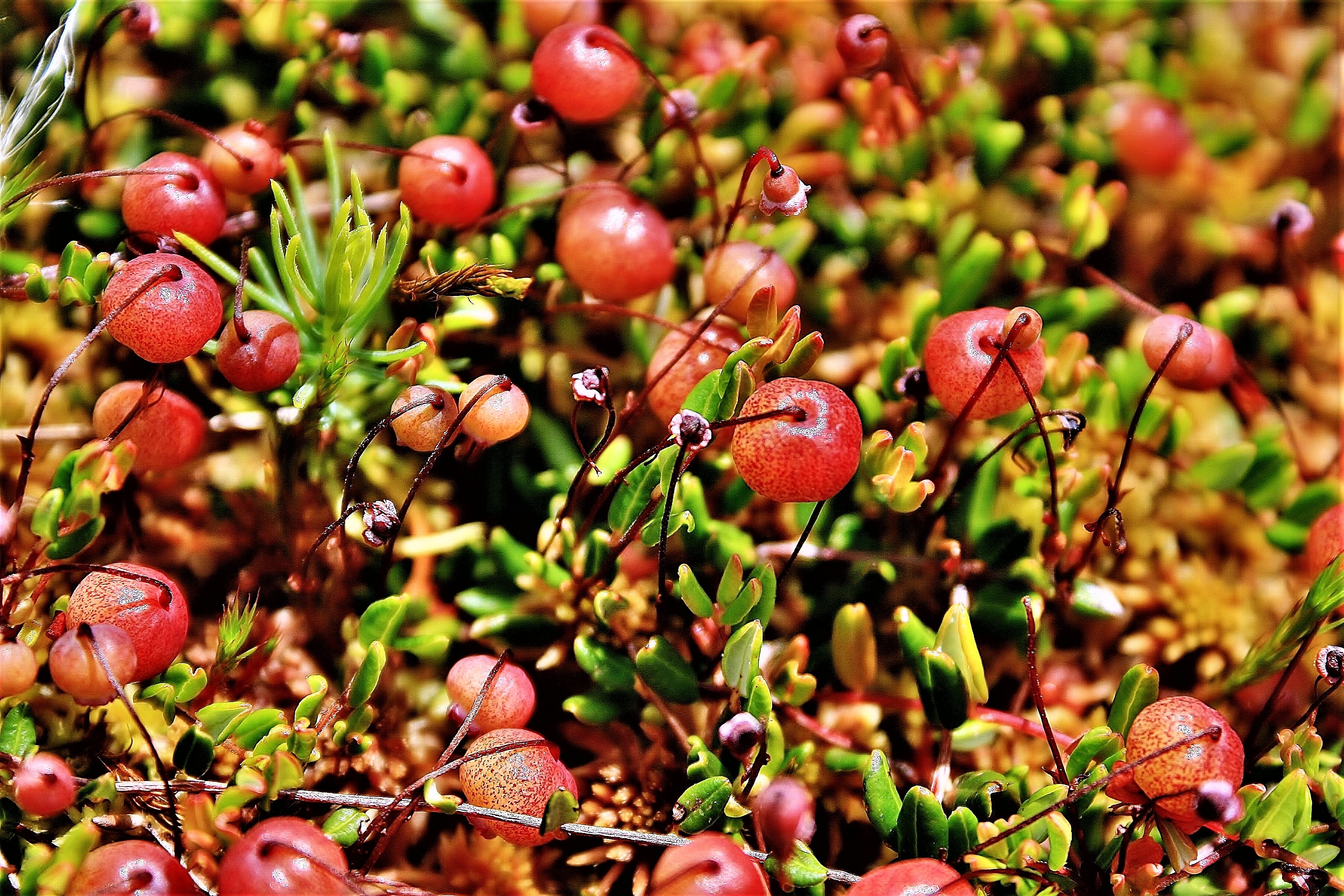
COLLECTION
The cranberry harvesting period begins in September and enters its full swing in October. Specifically, there are two harvesting techniques, called dry harvesting and water harvesting.
DRY HARVESTING (DRY HARVEST)
With dry harvesting, the cranberry is harvested directly through a machine with features similar to a lawn mower(dry harvest). At the front, a comb-like mechanical component takes care of detaching the berries directly from the plant, which end directly inside bags placed at the back of the machine via a set of tracks.
Dry harvest of cranberries. Source: Massachusetts Cranberries.
WATER HARVESTING (WET HARVEST)
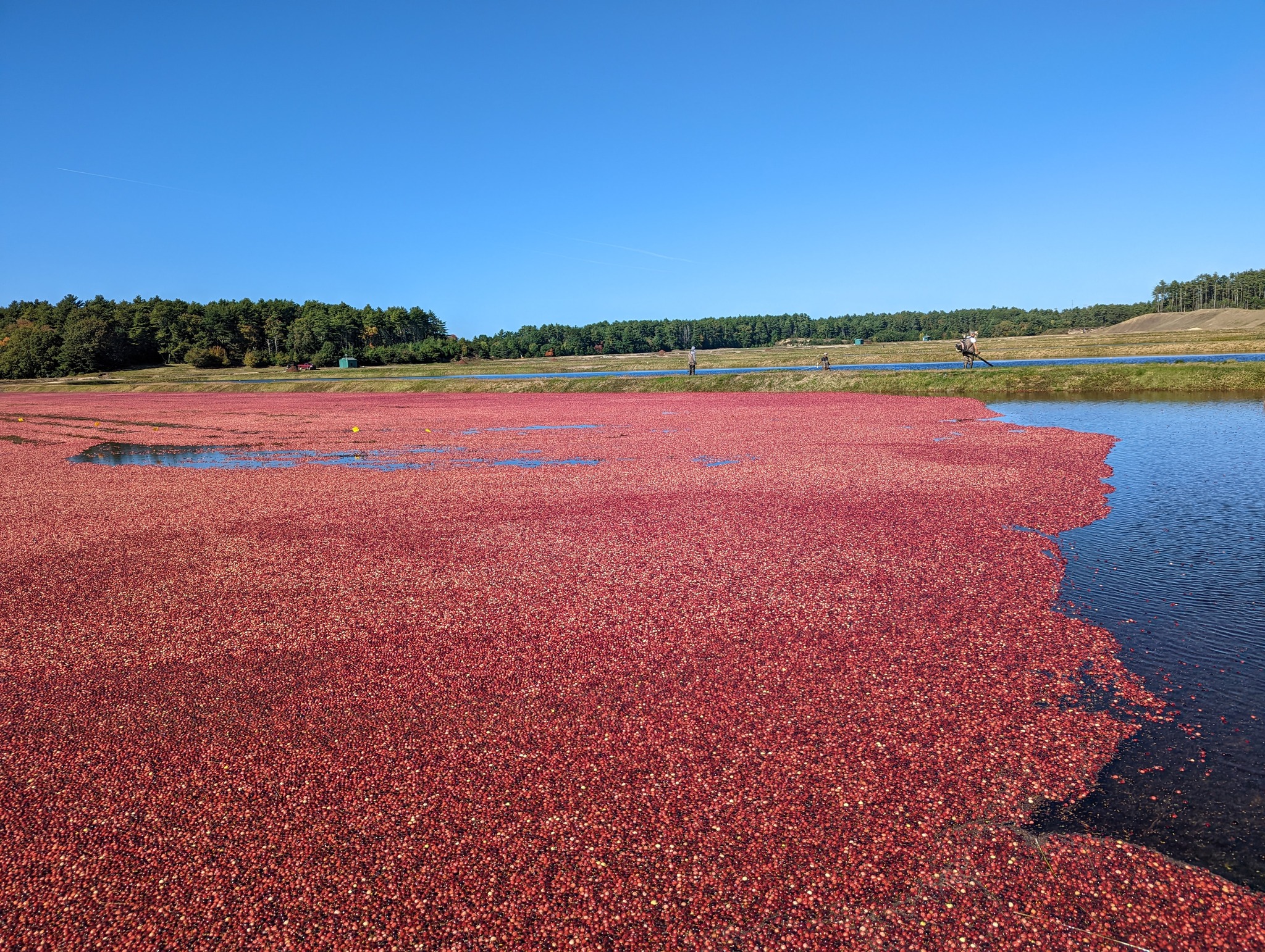
With water harvesting, as opposed to dry soil conditions, actual flooding of the harvest site(wet harvest) is carried out. In fact, the night before, the water level is raised to about 50cm high. Then, the fruits are mechanically detached from the plants, which, thanks to their internal cavities, are able to float on the water level. These, then, are collected, loaded onto trucks and shipped to different processing centers.
HEALTH
Eating cranberries, even on a daily basis, provides significant health benefits. According to the American Cranberry Growers Association (CCCGA), these berries contain multiple nutrients including proanthocyanidins, important antioxidants that provide several health benefits. These include:
- Reduction of infections
- Cardiovascular health promotion
- Protection of the urinary tract
- Reduction of inflammation associated with chronic diseases and aging
- Support of the digestive system
In addition, cranberries would also contain additional phytochemicals and probiotics, whose function, along with that of anthocyanins, is precisely that of antioxidants. Again, in addition to having a significant caloric intake, studies have confirmed that consuming cranberries on a daily basis-even in small amounts-is a healthy habit that can improve everyone's physical condition.

CRANBERRIES IN THE AMERICAN TRADITION
Within a few years of its first cultivation, the cranberry had established itself in the U.S. market as a versatile product, sponsored, sold and used extensively in the culinary field. Since 1912, for example, cranberries considered defective (i.e., not saleable at retail) have been made into a convenient canned jelly, useful for snacking or for a variety of recipes.
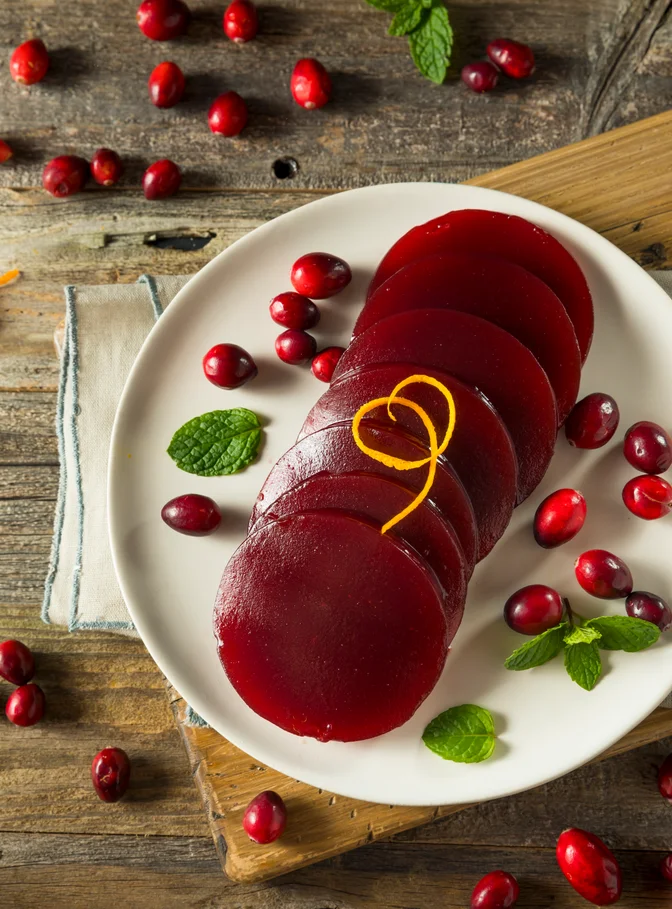
Impossible not to mention the iconic Thanksgiving Day, with which cranberry has been associated for centuries. In fact, this berry is consumed both alone and as a condiment for all the dishes and dishes of the holiday, including the ever-present turkey.

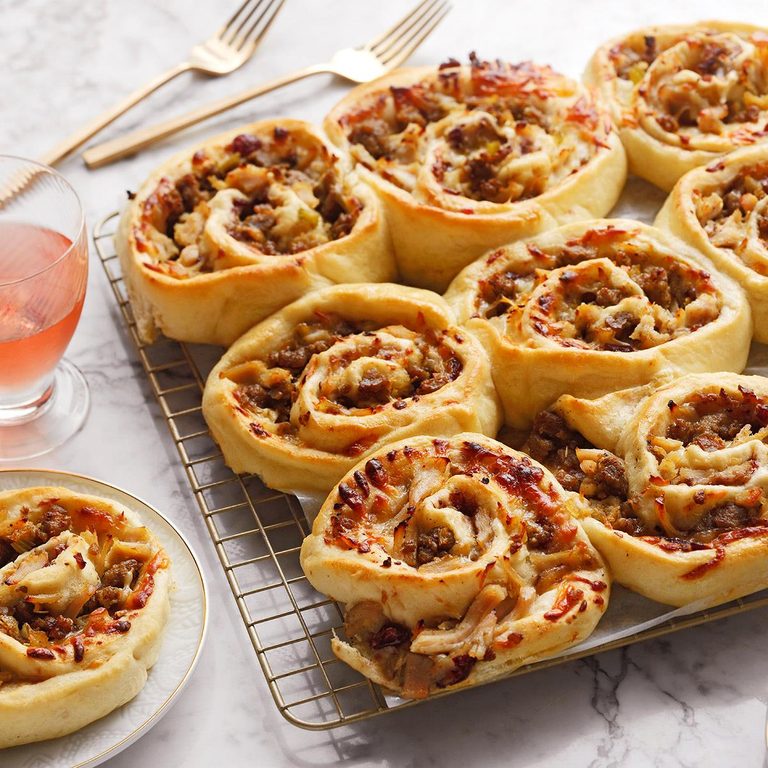


POPULARITY
In the United States, the cranberry is not only regarded as the 'American' fruit. On the contrary, the popularity and visibility it has achieved over the years has allowed associations and producers to operate significant publicity campaigns in favor of events devoted to promoting this small fruit. For example, visits to farms, cultivations and places where the product is processed are encouraged, with real organized tours able to allow - to experts in the field or not - the possibility of observing and fully experiencing the cultivation and harvesting.
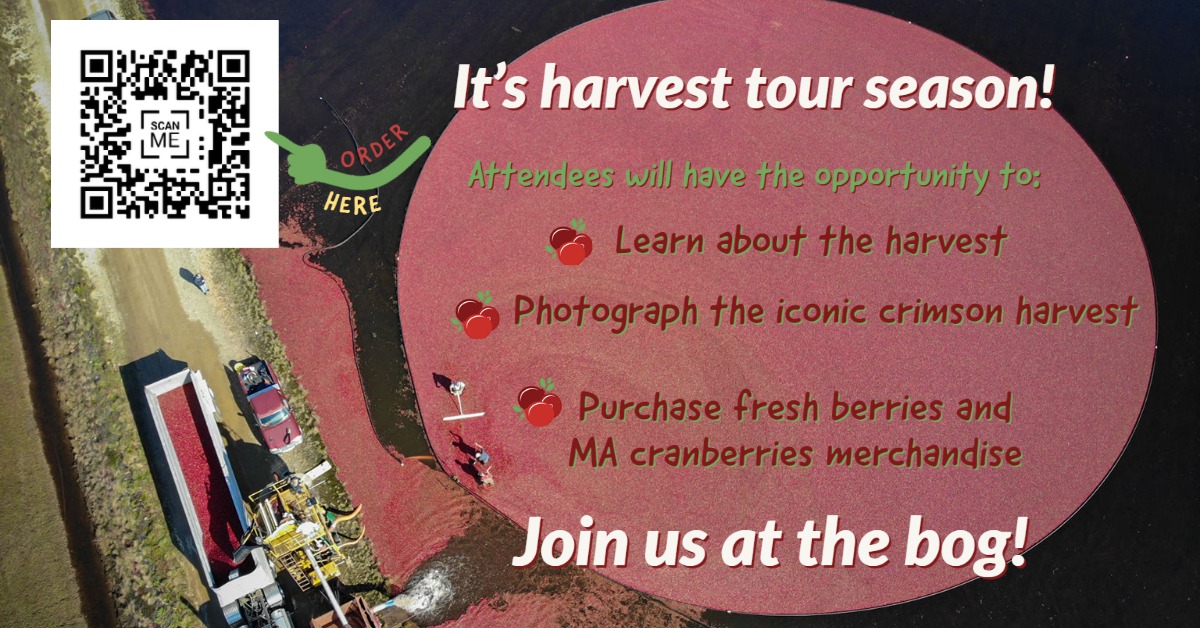
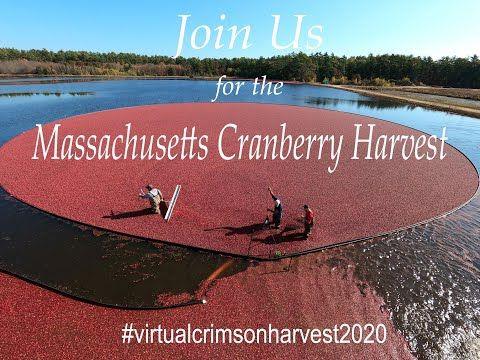
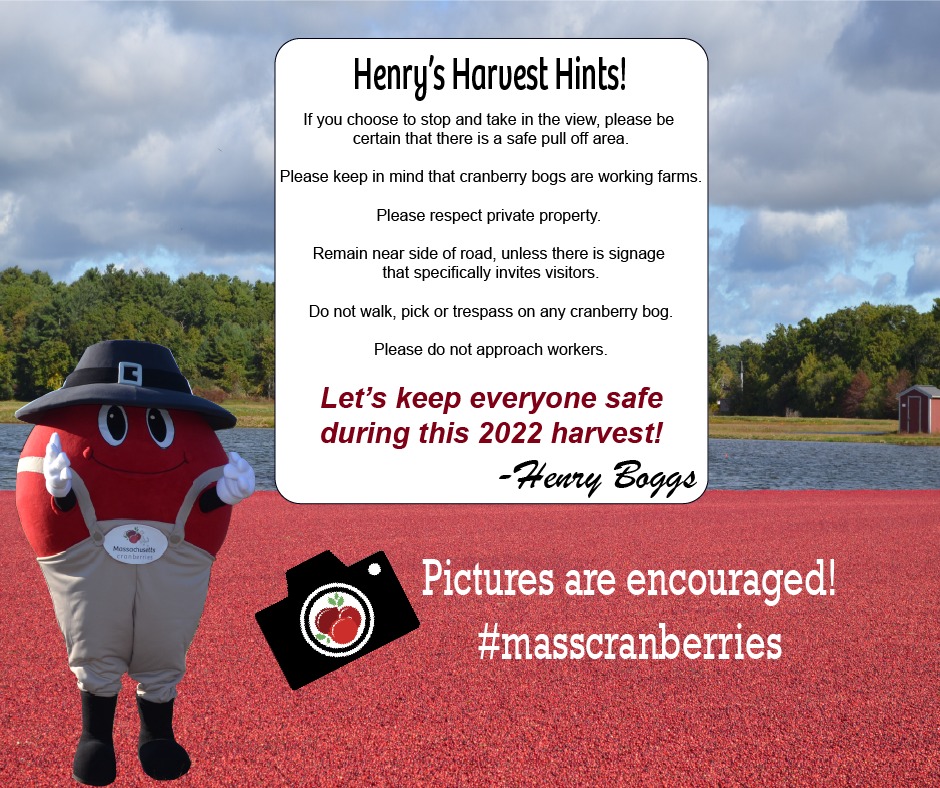
In addition, various associations, sites and entities are involved in an increasingly rich campaign to promote the product related to the culinary sphere, providing lessons, columns, recipes and e-books to expand the knowledge and use of this small fruit within our diet.

Photo: fahrwasser on Freepik.







